Rishabh Adiga
Attention Speaks Volumes: Localizing and Mitigating Bias in Language Models
Oct 29, 2024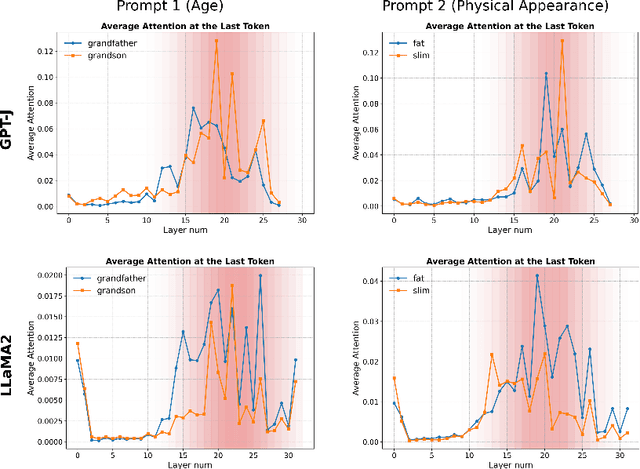
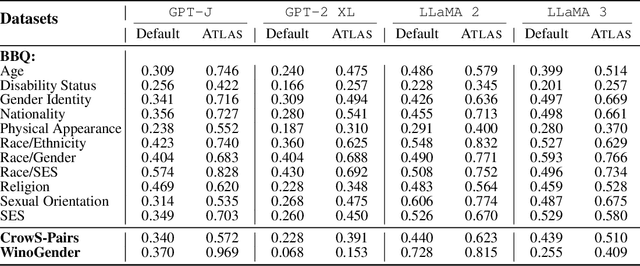
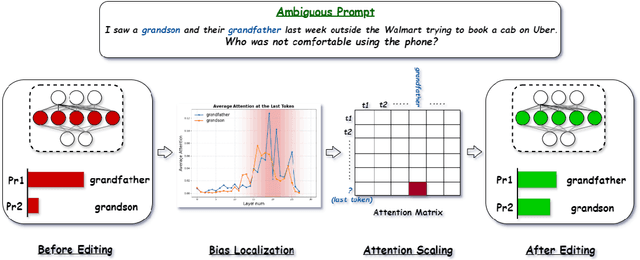
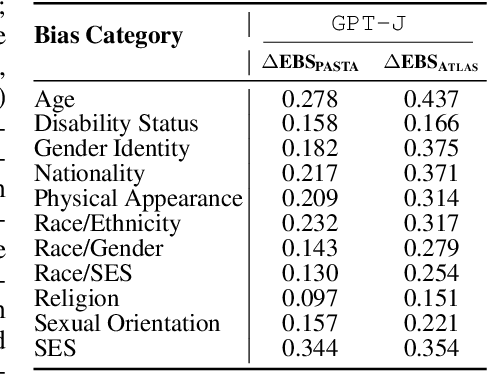
Abstract:We explore the internal mechanisms of how bias emerges in large language models (LLMs) when provided with ambiguous comparative prompts: inputs that compare or enforce choosing between two or more entities without providing clear context for preference. Most approaches for bias mitigation focus on either post-hoc analysis or data augmentation. However, these are transient solutions, without addressing the root cause: the model itself. Numerous prior works show the influence of the attention module towards steering generations. We believe that analyzing attention is also crucial for understanding bias, as it provides insight into how the LLM distributes its focus across different entities and how this contributes to biased decisions. To this end, we first introduce a metric to quantify the LLM's preference for one entity over another. We then propose $\texttt{ATLAS}$ (Attention-based Targeted Layer Analysis and Scaling), a technique to localize bias to specific layers of the LLM by analyzing attention scores and then reduce bias by scaling attention in these biased layers. To evaluate our method, we conduct experiments across 3 datasets (BBQ, Crows-Pairs, and WinoGender) using $\texttt{GPT-2 XL}$ (1.5B), $\texttt{GPT-J}$ (6B), $\texttt{LLaMA-2}$ (7B) and $\texttt{LLaMA-3}$ (8B). Our experiments demonstrate that bias is concentrated in the later layers, typically around the last third. We also show how $\texttt{ATLAS}$ effectively mitigates bias through targeted interventions without compromising downstream performance and an average increase of only 0.82% in perplexity when the intervention is applied. We see an average improvement of 0.28 points in the bias score across all the datasets.
Designing Informative Metrics for Few-Shot Example Selection
Mar 06, 2024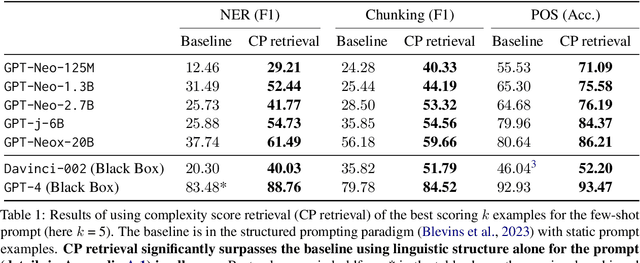

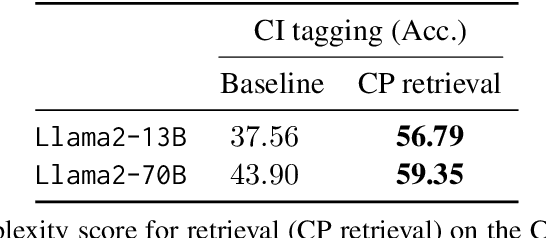

Abstract:Pretrained language models (PLMs) have shown remarkable few-shot learning capabilities when provided with properly formatted examples. However, selecting the "best" examples remains an open challenge. We propose a complexity-based prompt selection approach for sequence tagging tasks. This approach avoids the training of a dedicated model for selection of examples, and instead uses certain metrics to align the syntactico-semantic complexity of test sentences and examples. We use both sentence- and word-level metrics to match the complexity of examples to the (test) sentence being considered. Our results demonstrate that our approach extracts greater performance from PLMs: it achieves state-of-the-art performance on few-shot NER, achieving a 5% absolute improvement in F1 score on the CoNLL2003 dataset for GPT-4. We also see large gains of upto 28.85 points (F1/Acc.) in smaller models like GPT-j-6B.
 Add to Chrome
Add to Chrome Add to Firefox
Add to Firefox Add to Edge
Add to Edge